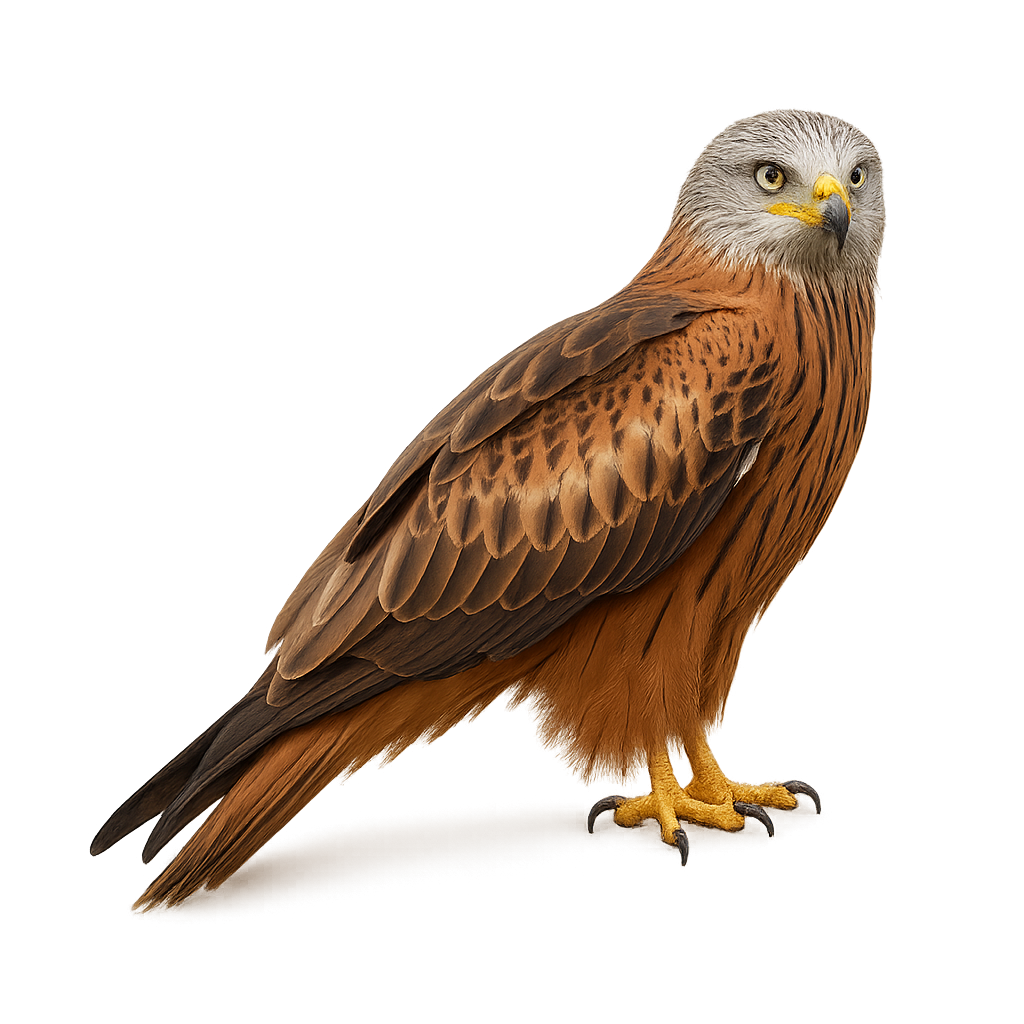Your wildlife photography guide.
Explore the red kite in detail, study its behavior, prepare your shots.
Where to observe and photograph the red kite in the wild
Learn where and when to spot the red kite in the wild, how to identify the species based on distinctive features, and what natural environments it inhabits. The WildlifePhotographer app offers tailored photography tips that reflect the red kite’s behavior, helping you capture better wildlife images. Explore the full species profile for key information including description, habitat, active periods, and approach techniques.
Red Kite
Scientific name: Milvus milvus

IUCN Status: Least Concern
Family: ACCIPITRIDAE
Group: Birds
Sensitivity to human approach: Suspicious
Minimum approach distance: 50 m
Courtship display: February to April
Incubation: 31-34 jours
Hatchings: March to May
Habitat:
Forests, meadows, and open areas
Activity period :
Primarily active during the day, with peak activity in the morning and late afternoon.
Identification and description:
The Red Kite is a large bird of prey, measuring about 60 to 70 cm in length, with a wingspan of 1.5 to 1.8 meters. It typically weighs between 1.2 and 1.5 kg. This raptor is distinguished by its reddish-brown plumage on the back and wings, with a lighter head and a deeply forked tail, giving it a characteristic silhouette in flight. The Red Kite primarily inhabits open forests, agricultural areas, and meadows, where it hunts small mammals, birds, insects, and carrion. It is an excellent glider and uses thermal currents to stay aloft effortlessly, allowing it to spot prey from a distance. The Red Kite is also a social bird, often seen in groups during the migration period, although it is generally solitary outside this time. While its population remains relatively stable, it faces threats such as habitat loss, pollution, and collisions with power lines.
Recommended lens:
300 mm – adjust based on distance, desired framing (portrait or habitat), and approach conditions.
Photography tips:
Approach discreetly and from a distance, as the Royal Kite can be sensitive to disturbances and may fly away easily if the approach is too abrupt.
Photograph early in the morning or late in the afternoon, when the light is softer and the bird is often more active, particularly when hunting or searching for food.
Capture moments in flight: The Royal Kite is a remarkable bird of prey in flight. Wait for it to soar over the land or make graceful turns to capture its impressive wings and elegant silhouette.
Be patient: The Royal Kite may spend time in the air before landing, so be ready to wait for the right moment.
The Royal Kite is a vulnerable species, primarily threatened by habitat loss and human disturbances. Be particularly respectful of its space and nesting sites, ensuring not to disturb this precious bird, especially during the breeding season. Follow local conservation regulations to protect this declining species.
The WildlifePhotographer App is coming soon!
Be the first to explore the best nature spots, track rutting seasons, log your observations, and observe more wildlife.
Already 1 415 wildlife lovers subscribed worldwide

